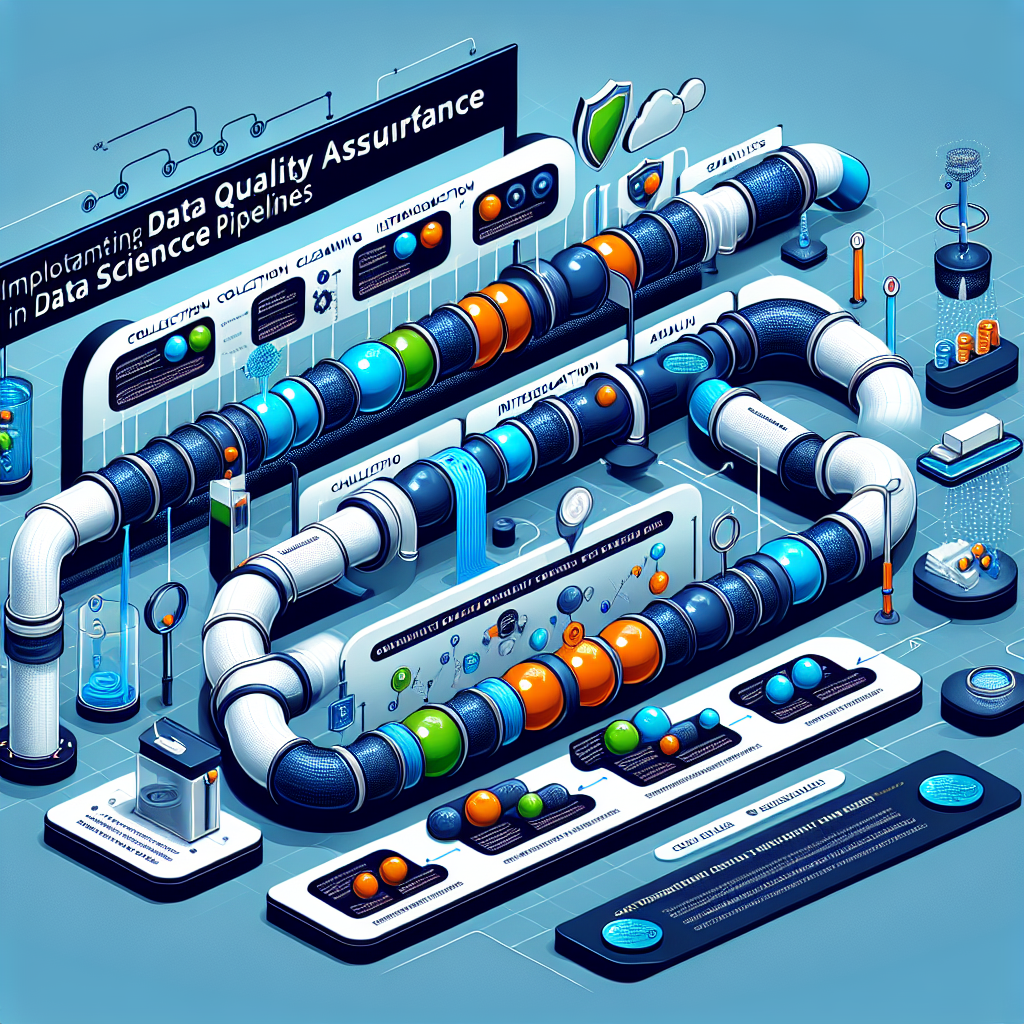Ensuring that data is accurate and reliable is paramount in any data science project. One powerful tool that can aid in this crucial task is Great Expectations. By incorporating Great Expectations into your data science pipelines, you can streamline the process of checking data quality, making your analyses more robust and trustworthy.
Great Expectations allows you to set clear expectations about the structure, range, and other properties of your data. By defining these expectations upfront, you can easily identify any inconsistencies or anomalies in your datasets. For example, you can specify that a certain column should only contain numeric values within a specific range, or that a column should not have any missing values.
By running these expectations against your data, you can quickly flag any issues that deviate from what is expected. This proactive approach to data quality assurance can save you valuable time and resources by catching potential errors early in the pipeline. Moreover, it provides transparency and accountability, enabling you to track the quality of your data throughout the project lifecycle.
Let’s consider a practical example to illustrate the power of Great Expectations in action. Suppose you are working on a machine learning model that predicts customer churn for a telecommunications company. By using Great Expectations, you can verify that the historical customer data used to train the model meets certain criteria, such as having consistent formatting for phone numbers or including a valid email address for each customer.
If the data fails to meet these expectations, Great Expectations will generate clear and actionable feedback, highlighting the specific areas that need attention. This iterative process of validating and refining your data ensures that your model is built on a solid foundation, leading to more accurate predictions and actionable insights.
In addition to data validation, Great Expectations offers features such as data profiling, documentation generation, and continuous monitoring. These capabilities further enhance the data quality assurance process, enabling you to maintain high standards across all stages of your data science projects.
By integrating Great Expectations into your workflow, you can instill confidence in your analyses and decision-making processes. Whether you are working on predictive analytics, recommendation systems, or any other data-driven application, investing in data quality assurance with Great Expectations is a strategic move that can yield significant benefits in the long run.
In conclusion, implementing data quality assurance with Great Expectations is a game-changer for data science pipelines. By leveraging its rich set of features and intuitive interface, you can ensure that your data is accurate, consistent, and reliable. So why leave data quality to chance when you can empower your team with the tools they need to succeed? Give Great Expectations a try today and elevate your data science projects to new heights of excellence.

